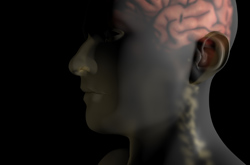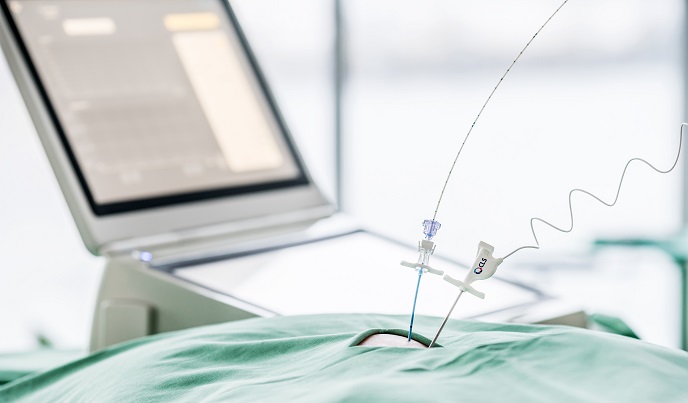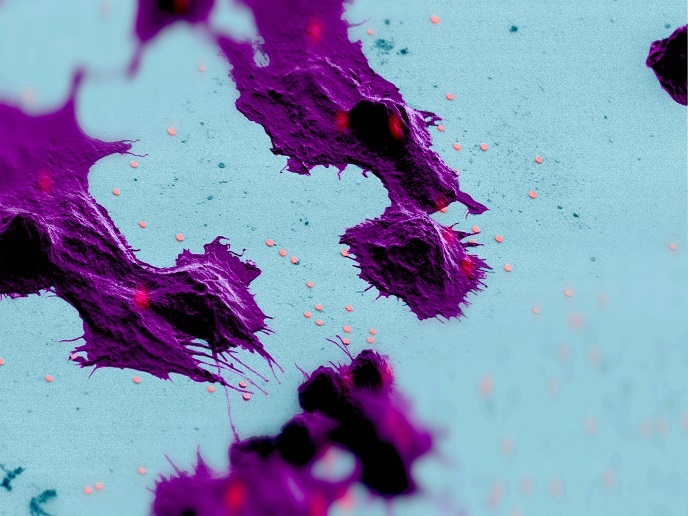Learning about learning
Science has grown in leaps and bounds over the last century, but it has still not managed to fully understand how sensory information from the outside world really affects us and controls our behaviour. Science does know that conditioning to positive or negative experience plays an important role, but the cortical activity or 'circuitry' underlying this phenomenon is still unclear. The EU-funded project 'The cortical circuits of associative learning' (SomatoLearning), is eager to pinpoint the mechanisms surrounding cortical circuits of associative learning. It is already known that different parts of the cortex always relate to specific sensory stimuli. For example, if you pull a mouse's whisker and pair it with a shock, a very specific part of the cortex is enlarged. But finding the deeper machinations behind all this has been elusive. Any findings would have many implications on the behavioural fear response these circuits control. SomatoLearning is in the process of identifying cortical circuits underlying the transformation of learning and investigating the cellular mechanisms involved. To be more precise, it is probing the relationships between the circuit changes and the behavioural response. Using conditioning lab tests on mice, the researchers are scanning the cells with laser optics and other advanced technologies to examine precise neuron connections linked to associative learning. Before such technology, traditional methods were based on the painful task of slowly recording the specific cells connecting a neuron, one by one, to build a map. The technique has quickened this process tremendously, to a matter of minutes. This adds an important new dimension to understanding learning, and already many hypotheses have been proven and disproven through this project, using the new technology. Most importantly, the findings are contributing significantly to the disputed question as to the role of cortical flexibility - or plasticity - in associative memory. It is unveiling exact correlations between the plasticity of identified projections and properties of the fear response. Finally, the precise identification of circuits involved in learning will lead the way to investigations on the molecular mechanisms and help reveal the causes of learning deficits.







